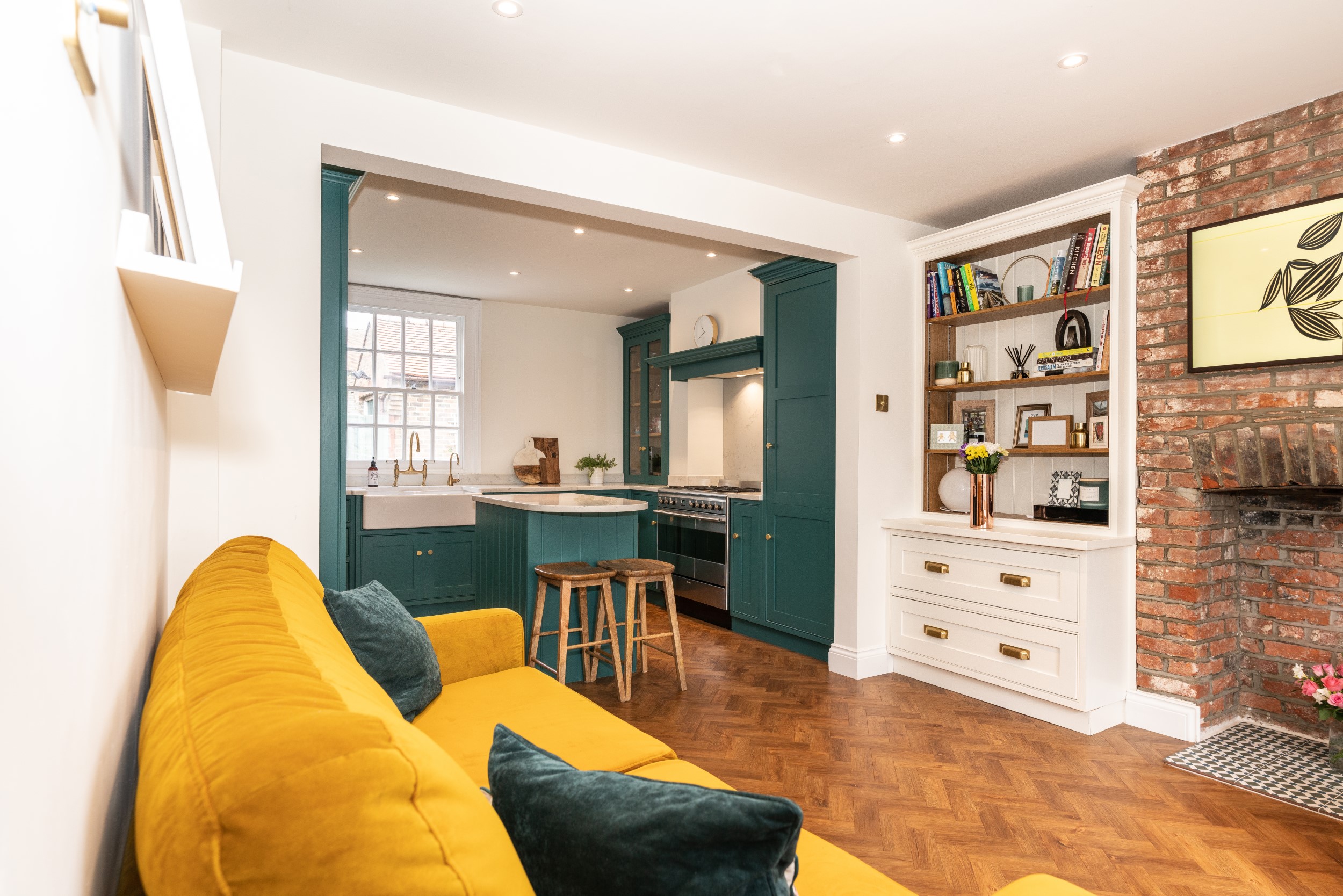Introduction
Lighting is an essential aspect of any interior space, and room in use lighting has become increasingly popular in recent years. Room in use lighting is a type of lighting that is designed to indicate the occupancy of a room. It is typically used in public spaces such as restrooms, conference rooms, and classrooms. Room in use lighting can help to improve energy efficiency, enhance safety, and provide a more comfortable experience for occupants. This article will explore the significance of room in use lighting in more detail.
The Benefits of Room in Use Lighting
There are several benefits of room in use lighting, including:
Improved Energy Efficiency
Room in use lighting can help to reduce energy consumption by ensuring that lights are only on when they are needed. This is accomplished by using motion sensors or other occupancy sensors to detect when a room is being used. When the room is unoccupied, the lights automatically turn off. This can help to reduce energy costs and improve sustainability.
Enhanced Safety
Room in use lighting can also help to enhance safety by providing a visual indicator of whether a room is occupied or not. This can help to prevent accidental encounters with occupants and reduce the risk of unauthorized access to the space.
Improved Comfort
Finally, room in use lighting can also help to provide a more comfortable experience for occupants. With room in use lighting, occupants can easily identify which rooms are available and which are occupied. This can reduce the time and effort required to find an available space, and can also help to create a more welcoming and comfortable environment.
Applications of Room in Use Lighting
Room in use lighting can be used in a variety of applications, including:
Public Restrooms
Public restrooms are a common application for room in use lighting. By indicating whether a restroom is occupied or not, room in use lighting can help to reduce wait times and improve comfort for users.
Conference Rooms
Conference rooms are another common application for room in use lighting. By indicating whether a conference room is occupied or not, room in use lighting can help to reduce scheduling conflicts and ensure that rooms are being used efficiently.
Classrooms
Finally, classrooms are another common application for room in use lighting. By indicating whether a classroom is occupied or not, room in use lighting can help to promote safety and security, reducing the risk of unauthorized access to the space.

